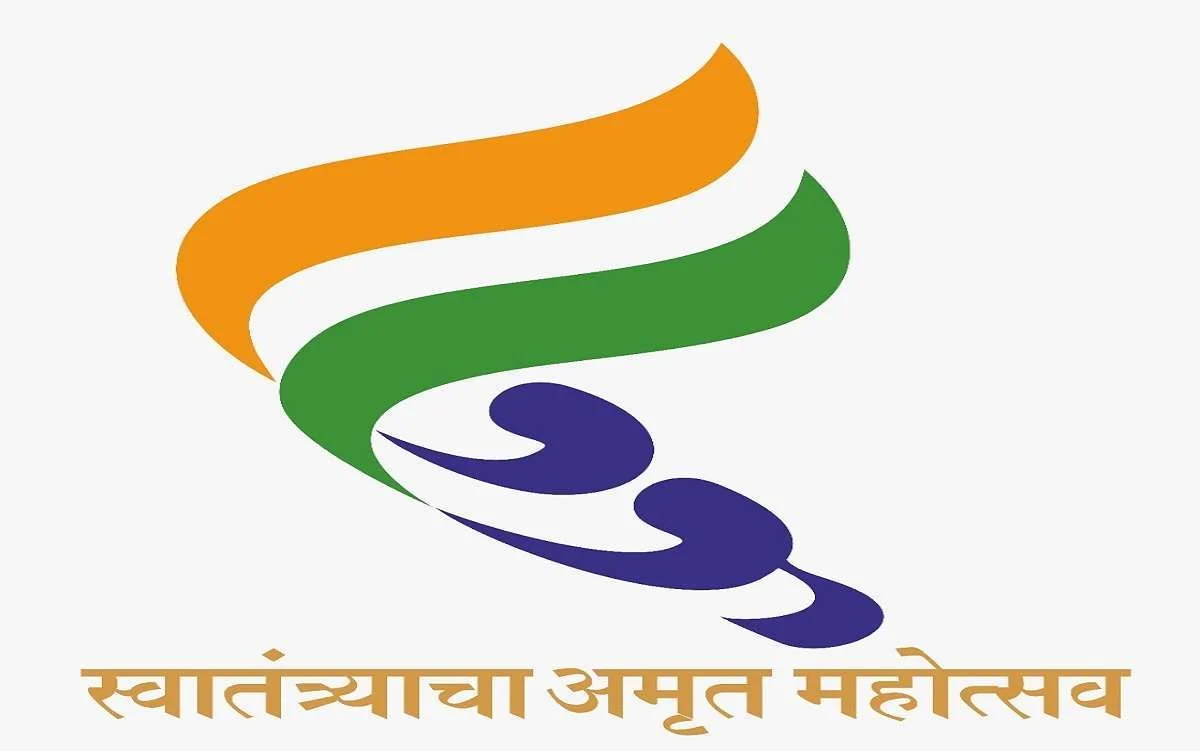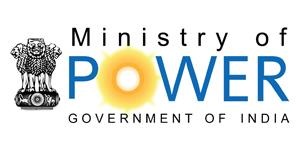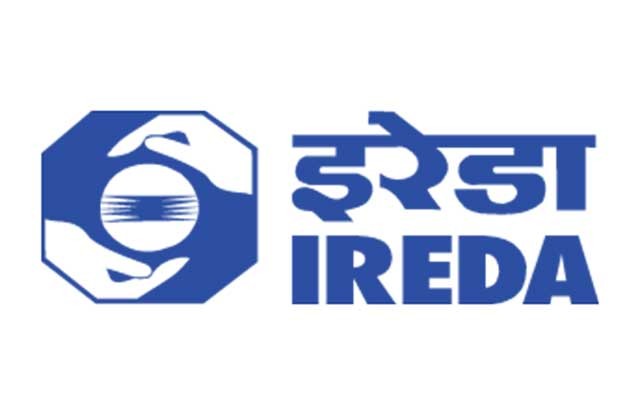Profile of Maharashtra
Maharashtra occupies the western and central part of the country and has a long coastline stretching nearly 720 km along the Arabian Sea. The Sahyadri mountain ranges provide a natural backbone to the State on the west, while the Satpuda hills along the north and Bhamragad-Chiroli- Gaikhuri ranges on the east serve as its natural borders. The State is surrounded by Gujarat to the north west, Madhya Pradesh to the north, Chhattisgarh to the east, Andhra Pradesh to the south east, Karnataka to the south and Goa to the south west.
Maharashtra is the second largest state in India both in terms of population and geographical area (3.08 lakh sq. km.). The State has a population of around 11.24 crore (Census 2011) which is 9.3 per cent of the total population of India. The State is highly urbanized with 45.2 per cent people residing in urban areas.
The State has 36 districts which are divided into six revenue divisions viz. Konkan, Pune, Nashik, Aurangabad, Amravati and Nagpur for administrative purposes, with effective machinery for planning at the district level. For local self-governance in rural areas, there are 34 Zilla Parishads, 355 Panchayat Samitis and 28,813 Gram Panchayats. The urban areas are governed through 27 Municipal Corporations, 230 Municipal Councils, 110 Nagar Panchayats and seven Cantonment Boards.
Maharashtra is one of the highly industrialised states. It is pioneer in Small Scale Industries and continues to attract industrial investments from both, domestic as well as foreign institutions. It is a major IT growth centre. Mumbai, the capital of Maharashtra and the financial capital of India, houses the headquarters of most of the major corporate & financial institutions. India's main stock exchanges & capital market and commodity exchanges are located in Mumbai. The gross state domestic product (GSDP) at current prices for 2014-15 is estimated at 17,92,122 crore and contributes about 14.4 per cent of the GDP. The GSDP has been growing at a rapid pace over the last few years.
The State has given importance to primary education, which has resulted in consistent improvement in literacy rate. The literacy rate of the State is 82.3 per cent as against 73 per cent at national level as per Census 2011. Free education upto XIIth class is provided to girls. Excellent higher educational institutions in the fields of engineering, medical and management are located here.
Monuments such as Ajanta, Ellora and Elephanta caves, Gateway of India and architectural structures like Viharas and Chaityas attract tourists from all over the world. It has produced many important personalities covering almost every aspect of human development. The State has sizable contribution in sports, arts, literature and social services. The world famous film industry, popularly known as ‘Bollywood’ is located in the State.
All the above make Maharashtra a great place to live in.












